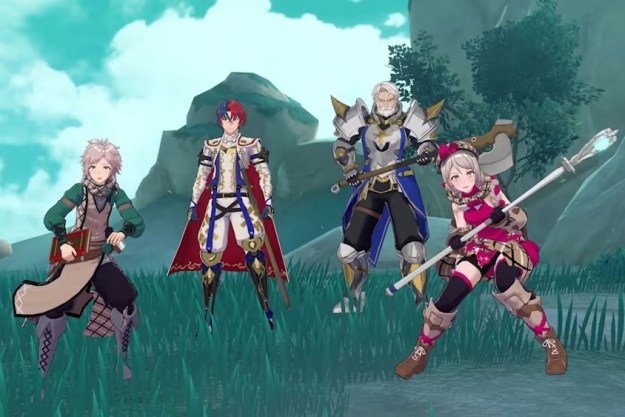Nintendo has announced a new entry into the ever-expanding Fire Emblem series during today’s Nintendo Direct: Fire Emblem Engage. It’s set to release on January 20, 2023, and it’s bringing back iconic heroes from the franchise, like Marth as summons.
Become the Divine Dragon and save the continent of Elyos!
Summon valiant heroes like Marth & Celica alongside a new cast of characters and engage in turn-based, tactical combat against a great evil in this new Fire Emblem story. #FireEmblem Engage launches on 1/20/23! pic.twitter.com/qQ8MMAH8Od
— Nintendo of America (@NintendoAmerica) September 13, 2022
In Fire Emblem Engage, a boy named Alear awakens from a thousand-year slumber and discovers that he is a Divine Dragon descended from a royal family of dragons revered as deities who were tasked with protecting Elyos from the Fell Dragon. Of course, Alear has no memory of the war with the Fell Dragon, but with the ability to summon characters like Marth and Celia with his ring, memories of where he’s from will start flooding back.
As Fire Emblem Engage will allow players to summon other heroes from the series as they face off against a great evil, it certainly seems like it will be a satisfying entry for longtime series fans. Ultimately, it looks like the game will find a nice middle ground between Fire Emblem: Three Houses and the popular gacha mobile game Fire Emblem Heroes.
After showcasing the game during the Direct, Nintendo also highlighted Fire Emblem Engage: Divine Edition. This collector’s edition-style release includes a physical version of the game, a Steelbook case, Art Cards featuring Fire Emblem characters, a poster of the game’s key art, and an art book titled The Art of Fire Emblem Engage.
Thankfully, Fire Emblem fans won’t have to wait too long to get their hands on all of this, as Fire Emblem Engage will release exclusively on Nintendo Switch on January 20, 2023.
Editors' Recommendations
- Pokémon Legends: Z-A brings the series back to Kalos next year
- Nintendo Direct September 2023: how to watch and what to expect
- Super Mario RPG is getting a full Switch remake, and it’s coming this year
- The best skills to inherit in Fire Emblem Engage
- The best video games of January 2023: Hi-Fi Rush, Dead Space, and more



